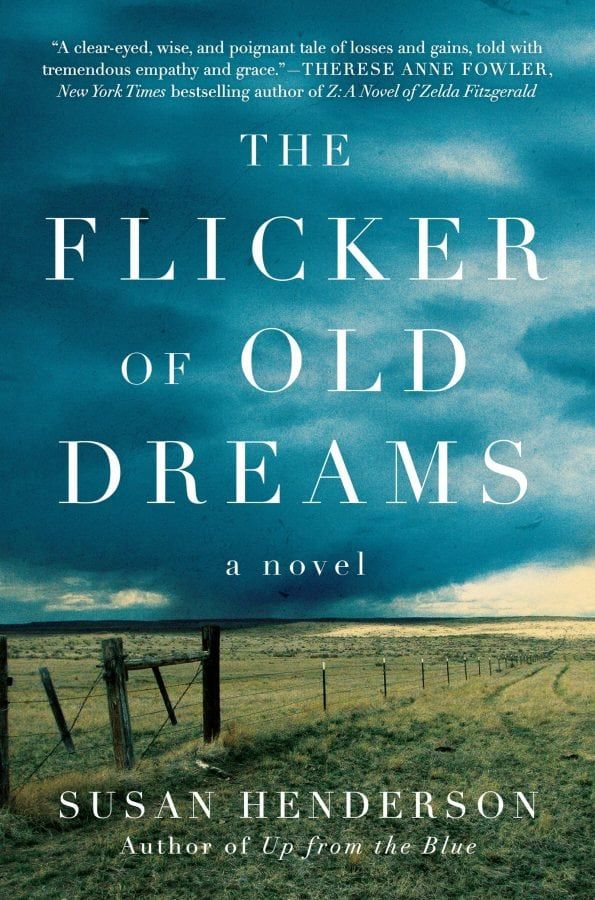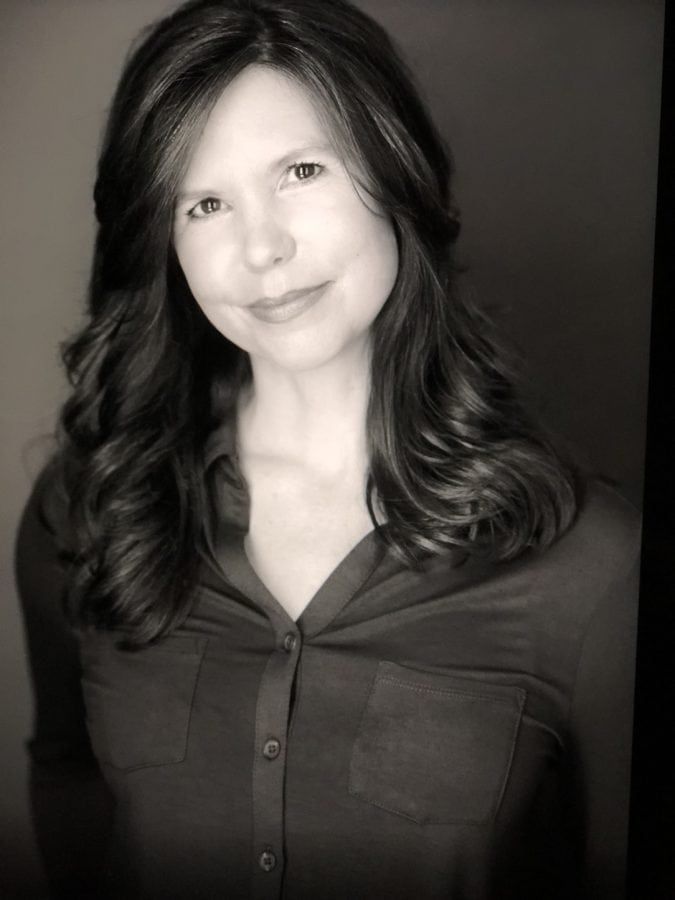Let me tell you about something that no readers in Britain, Ireland or Western Europe can possibly relate to unless they are either from one of the vast countries of other continents, or perchance have driven hundreds or thousands of miles through Canada, the US or similar lands that bear night horizons lit only by stars with no halo of a distant city’s light. To live in a vast country means that a drive to the next large city can easily involve a full day, literally dawn til dusk, seeing nothing but trees and rocks, rocks and trees, hypnotic straight lines of two lane blacktop that hypnotize thoughts into a dull hum of white noise.
Until, you come across a village that you drive straight through, no stopping, because even if it has a service station you know from experience its fuel prices will be exorbitant and the coffee pot filled in the morning will be congealing into bitter lava by the afternoon. And yes, I am thinking of one particular village that I had to have driven through perhaps fifty times during my youth in Canada; a village I will not name because presumably it still stands and people there read, and I do not wish to write words about them that may be perceived as insulting.
But there is that village of a hundred or so houses, not so much arranged as dropped from the hand of a sky giant child, some obviously empty for some time by the evidence of a lack of paint, windows or the bowing grass of lawns that have not felt a mower’s blade in who knows how long. And you wonder, if indeed you give the forty second passage any notice beyond an annoyance that the speed limit demands that you slow down for non-existent pedestrians, you wonder ‘How does anyone live here?’ There is no visible industry besides that two pump service station and a retail outlet that you know will be referred to as ‘the store’ and perhaps a garage or similar place where broken things go for repair, and that’s it. No other workplace, no mine, no lumberyard, no herds, no signs of human activity for at least an hour in any direction and then your next and final question is, ‘Why does anyone live here?’ Welcome to Petroleum, Montana the setting for Susan Henderson’s achingly magnificent novel The Flicker of Old Dreams.

There is an earthy, slightly rude expression that defines the nature of a place like Petroleum, with its population of 182 at the start of the novel. ‘One person farts and the whole town smells it’. Everyone knows everyone’s business, or at least they think they do. Robert Golden, a young man who has returned to this farm community to tend to his mother Doris’ dying days, phrases it more artfully, “My mother is, to me, what she is to you, to everyone in town – the woman in the window, but you can’t quite see in, and she doesn’t notice that you’re on the street watching.”
Now, none of this is new territory for literature or the arts in general. Small, judgmental American towns are easy to find, whether in William Inge’s play Picnic, Shane, or Larry McMurtry’s novel Horseman, Pass By (which you may know better as the Paul Newman film Hud) or that grand old 1950s potboiler Peyton Place. However, Susan Henderson supplies layer upon layer of texture both on top and beneath this standard trope.
For one thing – and a very important thing it is – the author does not make Robert, the loner returning to his home, the focus of her story. Catalyst yes, focus no. Rather, the narrative focus is all on the roughly thirty years old Mary Crampton (cramped town? That’s a name worthy of Martin Amis). Mary’s mother died at childbirth and so she has been raised as the only child of her father, who is the town mortician. And this makes for the first of the psychological truths The Flicker or Old Dreams explores ever so accurately.
Why are we afraid of dead people? It’s a serious question and I’d be curious as to your answer. We don’t like to touch them, some of us don’t even like to see them; it’s as though death is a disease you might catch even though if there is one thing a dead body can’t do, it definitely cannot hurt you. Granted there are all those unwanted reminders of mortality and senses of loss for much loved individuals, but the ‘creepy factor’ is much harder to explain.

I suggest to you, and I think Susan Henderson would agree, that fear of the dead is something we learn. Save for love and hunger, most things are in life are learned of course, but our reaction to death is a pretty (or ugly) interesting one. Think about how ninety percent or more of us first encounter it. Well, that’s easy enough to remember. Someone dies and usually someone close enough to us that our families, people that we love, react to it with anguish, pain, isolation and – you guessed it – fear. Death is also an extraordinary event, or at least one hopes so.
However, what of a time and place where it is not extraordinary? In the basement of your house, or more to the point, the Crampton house where Pop goes to work preparing bodies for viewings and burials. Your father did woodworking, assembled model railroads or tied fishing flies in his basement; Mary’s drained bodily fluids, stuffed crevices with newspaper and applied makeup. Why, if you didn’t know any better (which is why it is important to the novel that the late Mrs Crampton died at childbirth, not when Mary was age three or similar) working with your father on the bodies might even be … fun. Like going ice fishing.
But you also know that a little girl who treats dead bodies as equal in fun to playing with dolls – which Mary does, except she has little funerals for them – is going to be seen as very strange by all the other little girls. The result? Ostracism.
Now this beautiful novel is really getting somewhere. Susan Henderson still takes it to yet another level and this is where her brilliant, rich writing and intuition truly becomes transcendent. If you were blind since birth, you would not be sad about not seeing rainbows because a rainbow is something you have never seen. Cognitively, Mary Crampton doesn’t recognize that she is brutally lonely, because lonely is all she knows. Plato’s Cave is such a goddam cliché I hate to use it, yet here it is apt. Mary has always viewed her life from inside out, accepting her reality because her reality is all she knows. Yes, she is sad that she was never a part of the girl gaggles at school – there is a brilliant scene at the local swimming pool that brings that out in magnificent detail – yet, there is no real ache there for her. She just goes about her days, as you do. She’s had sex twice, although it doesn’t seem that was particularly memorable; men fueled by Liquid Lust are rarely if ever adept at lovemaking and in a village of 182 where post-adolescents either marry within their groups or, more likely, leave there just isn’t the opportunity to develop the yearnings that fuel most of our dreams of possibility.

Robert Golden (and his name too is Amis-worthy although the real Golden child is in fact Robert’s late brother Eric) arrives in Petroleum and that makes no one happy except for his mother who we never meet, only through that window, until quite late in the novel. I will not tell you in this review why Robert is not greeted with a fatted calf celebration as one needs to leave that discovery to book readers, not review gobblers. Nonetheless, Mary finally has a comparative to her own life; she turns around in Plato’s Cave and sees the figure casting shadows on the wall is not her, but him. She truly realizes not just herself but rather her entire existence for what it is: barren. She is Eleanor Rigby but no Beatle will ever write a song about her.
Susan Henderson’s writing is as good as it gets. Any idiot who knows to avoid the trite and well-worn can write the Big Moments – Birth! Death! War! Hot Sex! – it takes a writer to get the small moments right. Small moments such as, “The clock on the wall ticks. I don’t always hear it, but when work is slow, it’s like someone turned up the sound.” Those are two sentences worthy of Hemingway. What’s that? You don’t agree? Well okay Buster, try this paragraph on for size:
“I tie a plastic bib around Mr. Purvis’s neck and pick up a syringe filled with pink gel that I can insert into the tip of his nose, cheeks, ears, and eyebrows to add a little plumpness. I can’t stop thinking of the conversation with Robert and wish I hadn’t gotten in the middle of it. I don’t like how this morning’s stress has invaded my workplace. I should be thinking about Mr. Purvis, who I’ve just plumped up so much he doesn’t look at all like his photo.”
I simply marveled at the deftness of that paragraph. It is both horizontally time linear in terms of work followed by inner distraction followed by error; yet also vertically linear as Mary starts to burrow into herself. A metaphorical oil drill (Petroleum anyone?) spurred by a briefly upsetting conversation is bringing feelings to the surface which in turn literally spoil the appearance of the life she has known. There aren’t more than a dozen writers I can think of who could have written that paragraph and the Bronte sisters, Theodore Dreiser and George Eliot are all still quite dead.
The Flicker of Old Dreams is a real, honest achievement in modern fiction. Without a whisper of hyperbole, it has been an honour to review it.
Be seeing you.

